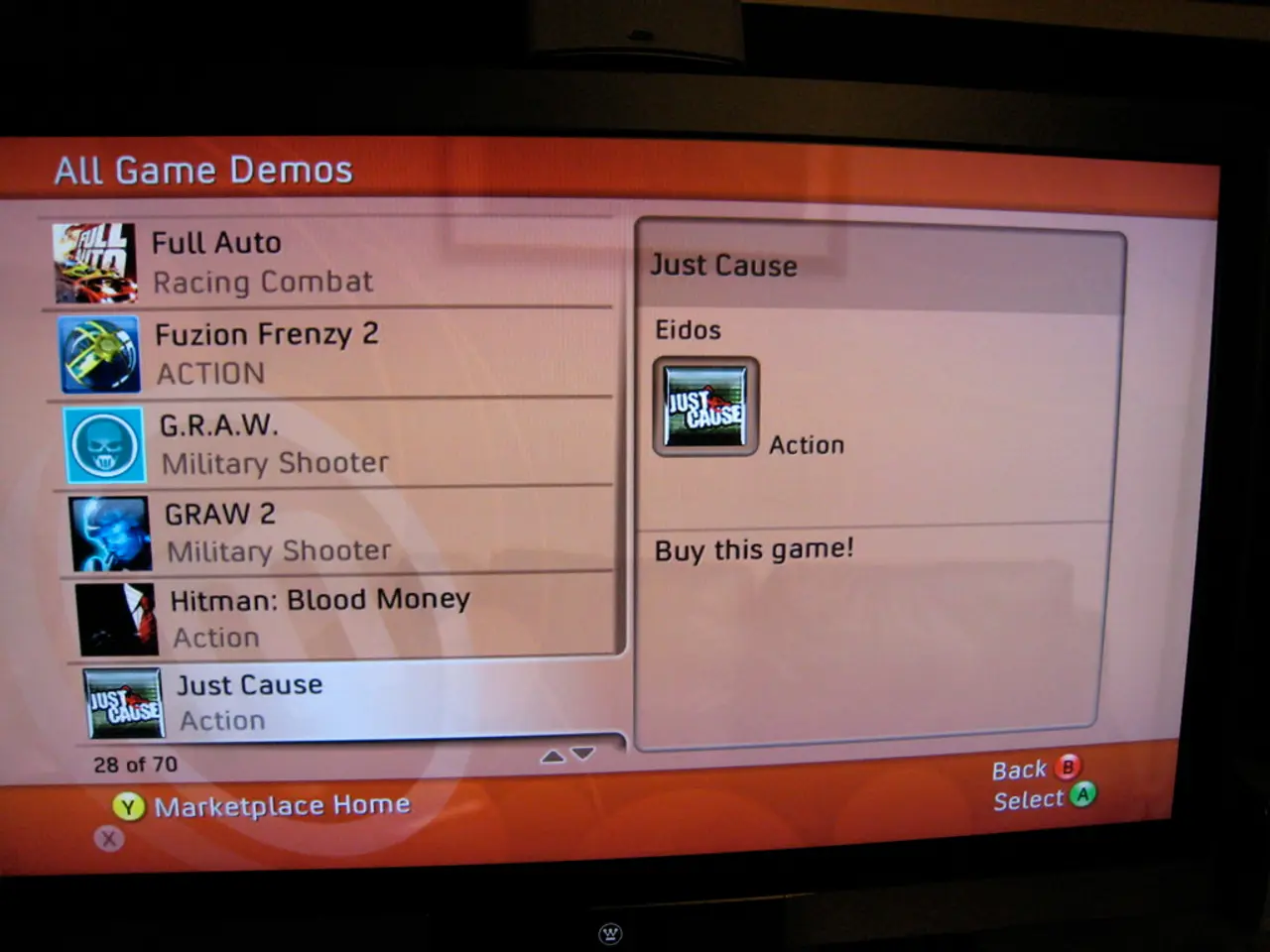Enhancing Business Applications through Gamification: A Strategic Approach to User Engagement
In the digital age, businesses are constantly seeking ways to boost productivity and engagement within their enterprise applications. One strategy that has gained traction is gamification - the application of game design elements to non-game contexts, such as enterprise apps.
Gamification has been shown to be an effective strategy for increasing engagement in enterprise apps. By incorporating elements like leveling up, earning badges or rewards, leaderboards, visual and audible feedback, and even directly tying rewards to key performance indicators (KPIs), users are motivated to complete tasks that matter to the business.
The benefits of gamification are manifold. For instance, it can significantly boost user engagement, potentially increasing it by up to 47%. It can also help reduce user churn by creating a sense of progress and accomplishment, as demonstrated by LinkedIn's progress bar, which increased profile completions by 55%. In the enterprise context, gamification can enhance productivity by making tasks more enjoyable and competitive, thereby increasing the success rate of enterprise transformations.
Implementing gamification in enterprise apps requires careful consideration. Clear goals and rewards, user-friendly design, variety and flexibility, real-time analytics, continuous improvement, and understanding the target audience's preferences and motivations are all crucial factors. By following these strategies, enterprise apps can leverage gamification to enhance user engagement, reduce churn, and ultimately drive business success.
It's essential to remember that the identity of the end-user is a crucial factor in determining the success of a gamification strategy. Understanding the personas of the typical users is crucial when planning game mechanics for a gamified app. An app development company can help improve the engagement of a gamified enterprise app by creating a user-friendly interface, implementing a reward system, and integrating game mechanics seamlessly.
The Forest app, for example, is a gamified productivity app that encourages focus by planting a tree at the start of a time period and penalizing users for leaving the app. Such apps have the potential to make an app more appealing to users due to psychological effects on the human brain.
While the adoption rate of gamification apps for enterprises has been low due to perception issues, the potential benefits cannot be ignored. By addressing concerns about the return on investment (ROI) through reporting on the impact of gamification initiatives, businesses can justify the use of gamification in terms of productivity management.
In conclusion, gamification is a powerful tool for enhancing user engagement and productivity in enterprise apps. By carefully considering the needs of the target audience and implementing gamification strategies thoughtfully, businesses can leverage this approach to drive business success.
- UX designers in app development enterprises are integrating game design elements into web-based and mobile enterprise applications to boost user engagement and productivity.
- Gamification, which includes leveling up, earning badges, leaderboards, and visual feedback, has the potential to increase engagement by up to 47% and reduce user churn.
- In the enterprise context, gamification can make tasks more enjoyable, competitive, and lead to a higher success rate in enterprise transformations.
- Careful implementation of gamification requires clear goals, user-friendly design, variety, real-time analytics, continuous improvement, and understanding the target audience's preferences and motivations.
- Fashion-and-beauty, finance, lifestyle, gadgets, and technology businesses can benefit from the engagement-boosting and productivity-enhancing capabilities of gamification in their mobile apps.
- App development companies can help improve the engagement of a gamified enterprise app by creating a user-friendly interface, implementing a reward system, and integrating game mechanics seamlessly.
- Smartphones can host gamified productivity apps that encourage focus and motivate users, such as The Forest app, which rewards users by planting a tree for undisturbed work sessions.
- Businesses can justify the use of gamification in terms of productivity management by reporting on the impact of gamification initiatives and addressing concerns about return on investment.




